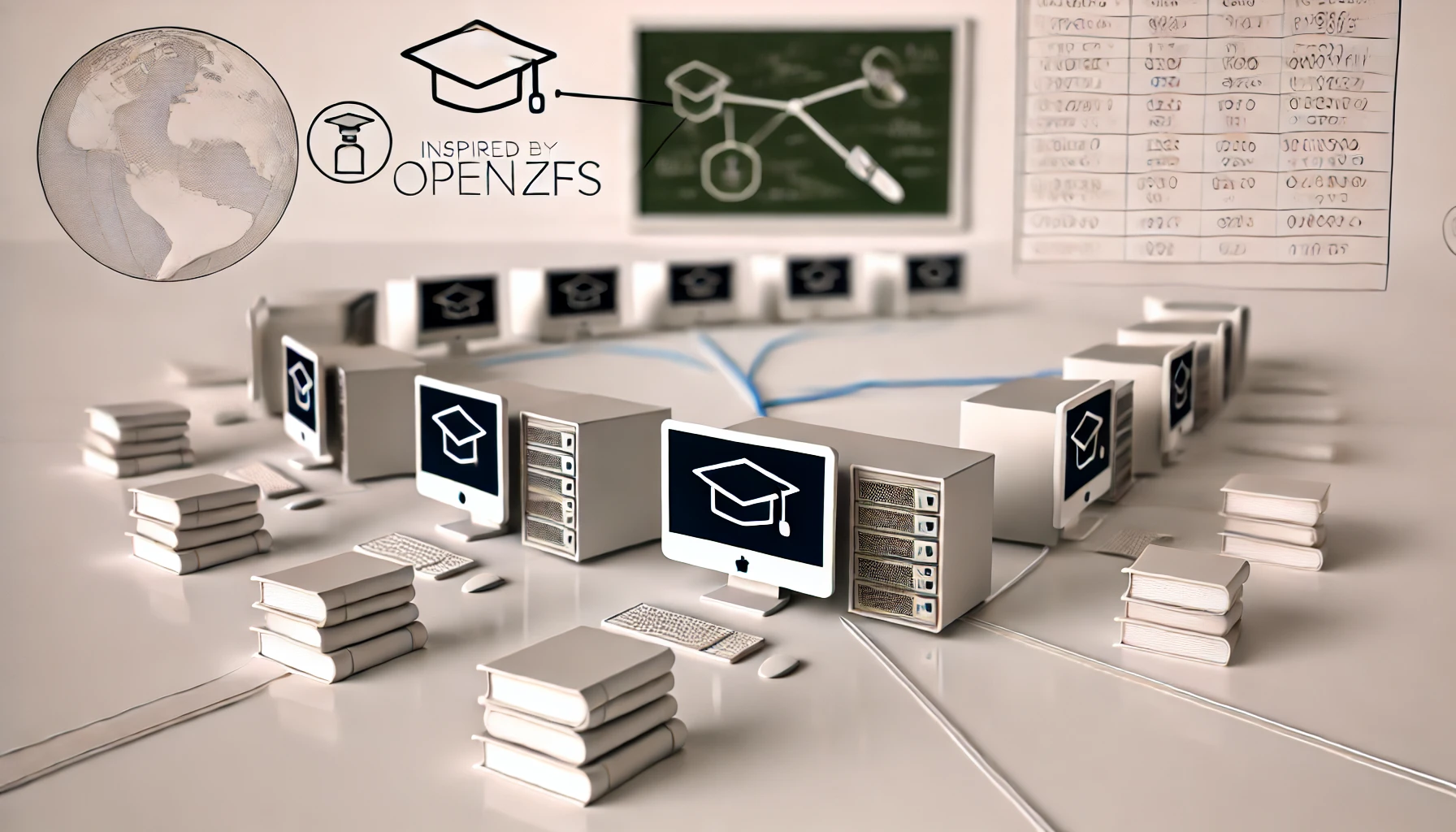Wonju MBC Academy’s Case Study on Building an Educational Infrastructure with OpenZFS, Emphasizing Flexibility and Scalability
Wonju MBC Academy recently adopted OpenZFS in the initial stages of developing their educational infrastructure, focusing on flexibility and scalability to enhance educational efficiency. OpenZFS, an open-source solution known for ensuring data integrity and delivering a high-performance file system, was chosen to establish a data management system centered on stability and expansion potential from the outset.
The primary objective of implementing OpenZFS was to reliably store educational materials and student-generated data while maintaining an environment that could easily scale with increasing data volume. The existing file system faced limitations in handling data growth and lacked structural flexibility, prompting the academy to adopt OpenZFS for its snapshots, data replication, and compression capabilities.
Notably, the snapshot feature in OpenZFS enabled the preservation of data at critical points, allowing for seamless recovery in case of system issues. The data compression feature significantly saved storage space for educational materials, and data deduplication effectively managed redundant files. This flexible data management structure provided quick access to essential resources for both students and staff, creating an environment where data could be saved or restored in real-time during classes.
Moreover, OpenZFS's distributed file system facilitated seamless server capacity expansion, making it easy to accommodate large volumes of educational content. This software-driven scalability meant that physical hardware adjustments were unnecessary as storage capacity could be adjusted as needed.
The OpenZFS-based infrastructure is well-equipped to respond flexibly to future changes in the educational landscape and evolving data needs, providing substantial room for growth. The functional advantages of OpenZFS are pivotal in supporting Wonju MBC Academy’s data management strategy and are expected to meet various future educational demands, offering a robust foundation for continued development and expansion.

